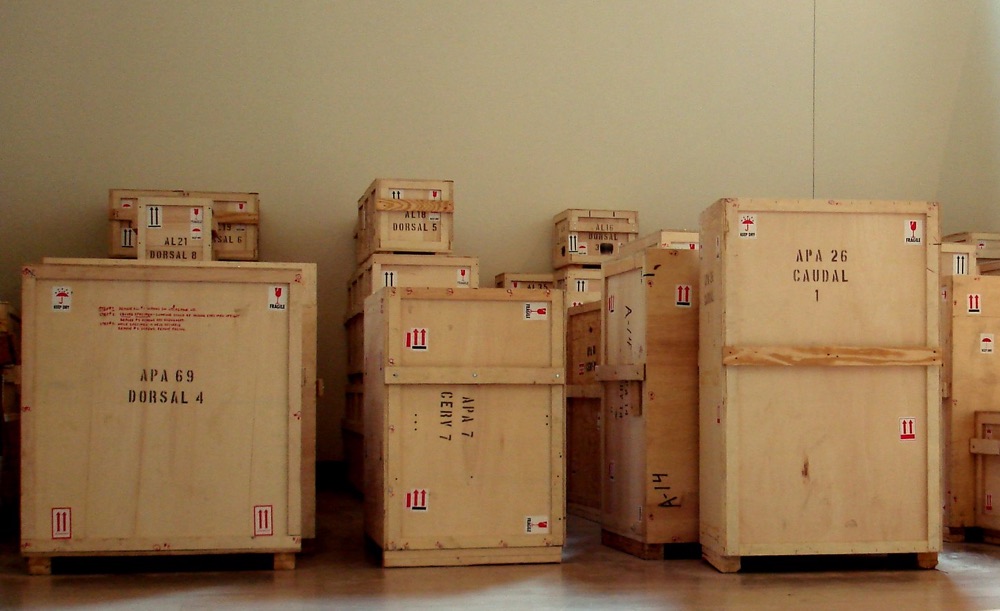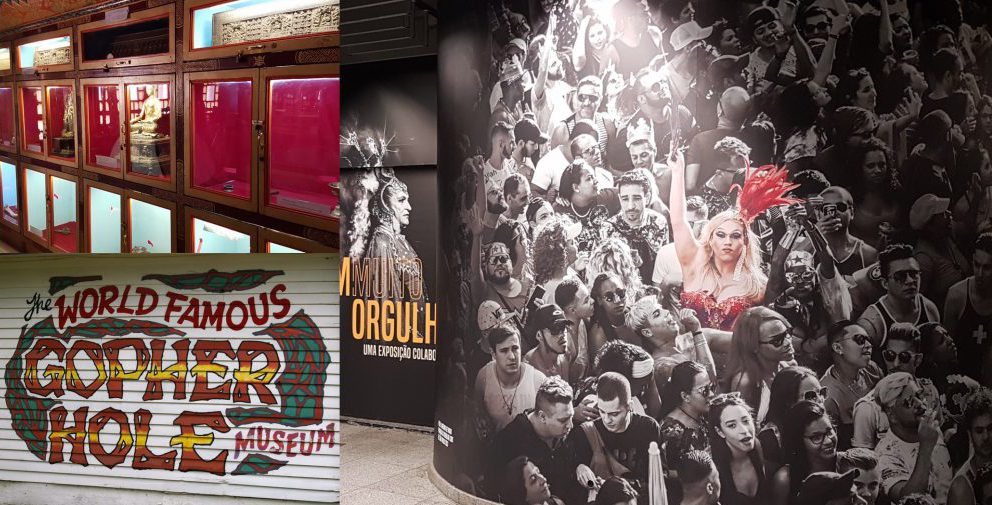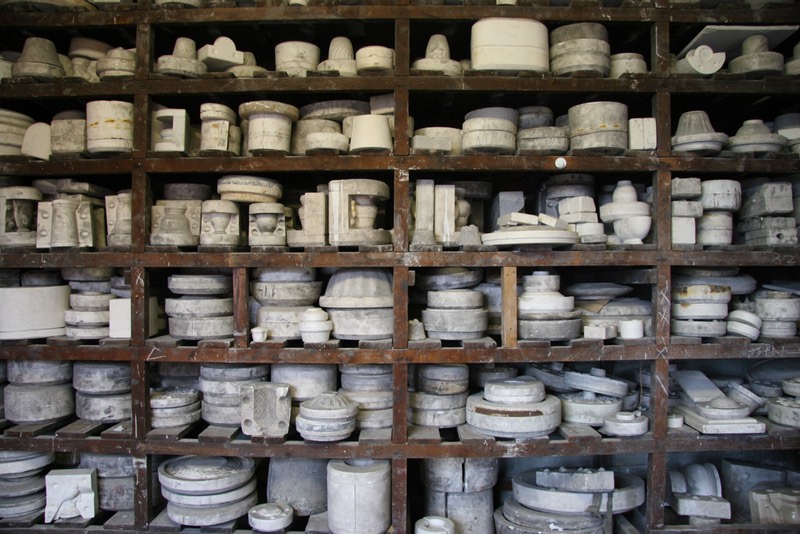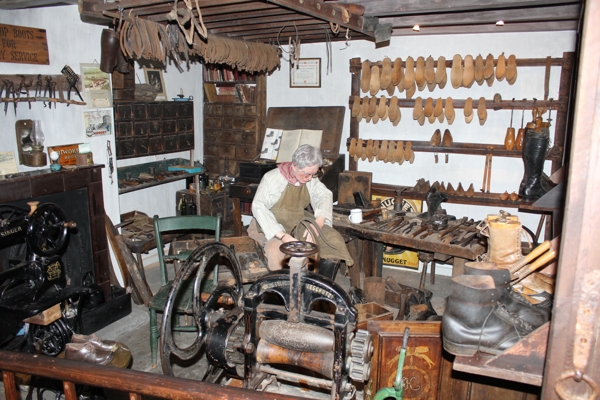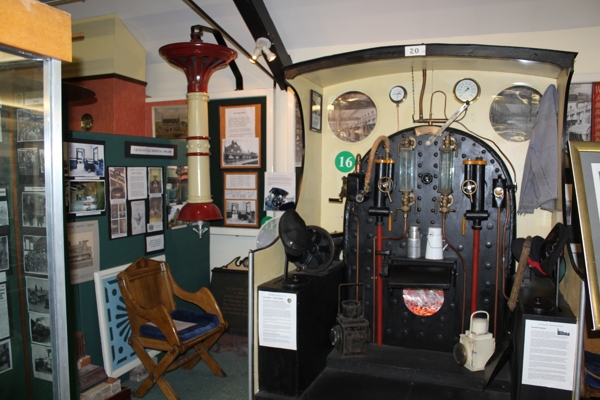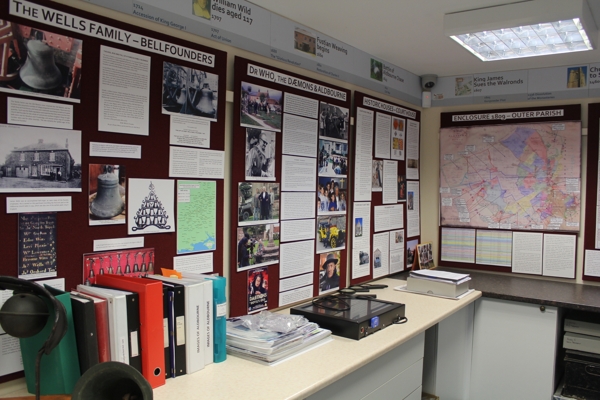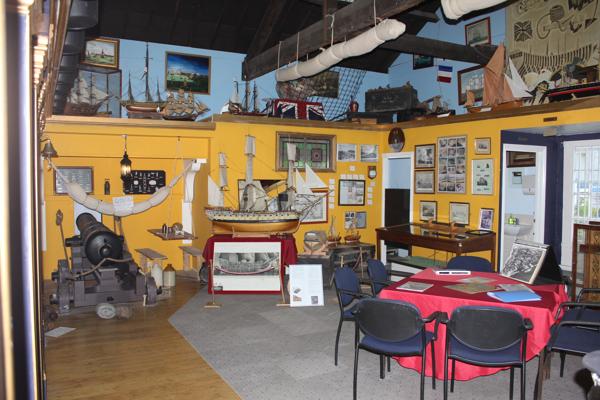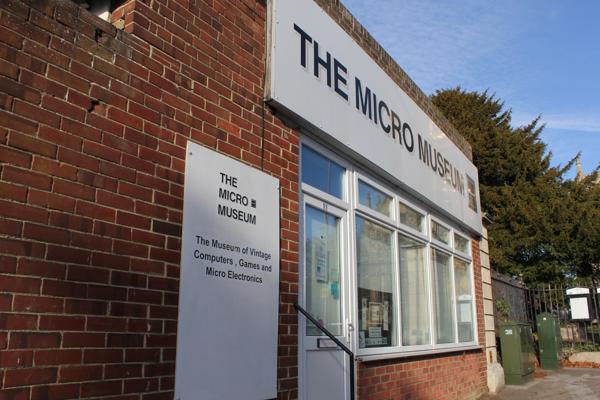Devising a new subject classification system
One of
the aims of the Mapping Museums research is to examine trends in subject
matter. We wanted to know if the rates of opening and closure varied according
the subject of the museum, whether each country or region favoured museums
devoted to different subjects, and if there were differences as to when
particular subjects emerged as being popular choices for new museums. Above
all, we wanted to understand whether subject matter could be understood as a
social barometer: were trends in subject matter indicative of wider or popular
concerns? To accomplish this work, we needed to classify all the museums in our
database according to their over-arching subject matter, so we looked to see
what systems were available.
The Problem with DOMUS
The
most recent taxonomy for museum subject matter was developed for the DOMUS survey,
which was conducted between 1994 and 1999. The classification system remains in
use, most notably by the Museum Association’s Find-A-Museum service (although
it is now used to classify collections rather than museums in their entirety
and the categories of ‘Mixed’ and ‘Arms and armour’ have been dropped).
The DOMUS system divided museums into twenty-two categories:
- Agriculture
- Archaeology
- Archives
- Arms and Armour
- Biology/Natural history
- Costume /Textiles
- Decorative / Applied arts
- Ethnography
- Fine art
- Geology
- Maritime
- Medicine
- Military
- Mixed
- Music
- Numismatics
- Oral history
- Personalia
- Photography
- Science / Industry
- Social history
While
DOMUS provided a longer list of categories than previous museum surveys, it was
not sufficiently detailed for our research purposes. For instance, we suspected
that the majority of railway museums opened in the late 1960s and early 1970s,
shortly after steam locomotives were phased out and following the second Beeching
Report of 1965, which resulted in over half of all stations and some 33% of
track being closed. These closed lines provided space for enthusiasts to run
their engines, and the redundant stations functioned as exhibition space. This
history is not shared with buses, or cars, or helicopters, which would also be
classed as Transport. If we wanted to tease out the various histories of
Transport then we needed to be able to distinguish between them.
Similarly,
we wanted to examine the patterns of emergence of manufacturing museums. Did
museums devoted to pottery open at the same time as those of mining? Was there
a correlation between the demise of certain industries and the foundation of
museums on those subjects? Did all industries have their museums? Clearly,
then, we could not have a single capacious category of Science and industry, as
was the case in the DOMUS system; we needed a taxonomy that allowed for a greater
degree of discrimination.
One
way of managing the lack of detail within the DOMUS system was to introduce
sub-categories. However, we had several other reservations about its usability.
One issue was that some of the categories blur subject matter with methodology.
Social history and oral history are ways of pursuing history, while an archive
refers to a specific type of collection, and they are not subjects in
themselves. It is entirely possible to have a social history of aristocratic
women’s lives in the eighteenth century or a social history of Welsh mining in
the late twentieth century; an oral history of performance art or of hop
picking in Essex; and an archive of political ephemera or matchbox labels. This
elision had practical consequences for the efficacy of the classification
system. In DOMUS, social history was used as a synonym for open-air or living
history museums, or as a means of describing museums that used dioramas or
other media to present a contextual display. As a result, museums were divided
across subject matter categories depending on the form of their exhibition: museums
of rural life were misleadingly split across Agriculture and Social history,
and museums of industry were similarly split across Science and Industry and
Social History.
There
were also noticeable gaps in the DOMUS system, which stayed close to conventional
academic disciplines, and to the categories common to nineteenth and early
twentieth century museums. While there were three different categories for
visual arts: Decorative / Applied art; Fine art; and Photography there
was no category for local history or for museums devoted to particular
buildings. (Although some historic buildings act as little more than containers
to museums, and their subject matter is quite distinct from their
accommodation, on other occasions, the building is the artefact and the point
of the museum). Likewise, there was no category for museums devoted to
different denominations and faiths, to the fire, police, prison, and rescue
services, or for museums that address popular or everyday subjects such as fairgrounds
or radios.
And
finally, the categorisation system reinforced normative conventions. For
example, Military focuses attention on the armed forces, state sponsored
conflict, and recent conflict, and it marginalises historic and unsanctioned
modes of struggle and the everyday experience of war.
Given all
these problems, we decided to develop a new classificatory system for the
Mapping Museums project.
The Mapping Museums taxonomy
Devising
a list of categories is a practical and logistical task. It needs to cover a
wide variety of museums but not be so long a list as to be unworkable, and
terms cannot include each other or overlap to any great extent. We began devising
our system by deleting, rejigging, and adding to the existing DOMUS categories
to create headline categories. This process went through numerous iterations,
and at each stage we tested our taxonomy against our list of museums. After six
months of editing, only the categories of Archaeology and Transport remained.
In
creating our new taxonomy, we dropped Social history, Oral history and Archives
as categories for the reasons discussed above. There were no museums solely
devoted to coins so we cut Numismatics, and
after much discussion, we removed Ethnography since this focuses on objects’
country of origin, rather than on their subject matter as such. For example,
clothing from the Solomon Islands would be categorised under ‘Ethnography’
rather than with clothing or fabric arts from elsewhere in the world.
We
replaced Personalia, which emphases collections of objects, with Personality,
which is centred on the individual in question. Science and industry have been
decoupled and we have linked Industry and manufacture, which encompasses both
the processes and the products of manufacture. Costume and textiles,
Decorative/applied arts, Fine art, Music, and Photography were collected
together as ‘Arts’.
We
renamed and implicitly re-shaped some categories to make them more inclusive. ‘Agriculture’
has been replaced with ‘Rural industry’. Late twentieth century surveys have
used the two categories relatively interchangeably and we have chosen the
wider, more encompassing term. We added health to Medicine, so as to encompass other
varieties of healing and wellbeing more generally; Geology and Biology/Natural
History were subsumed under the wider title of Natural World; and Maritime
became ‘Sea and Seafaring’, so that it would cover subjects such as fishing as
well as sea-borne trade and naval matters. We followed the Museums Association
in taking Arms and armour to be part of Military, although we have renamed it
War and conflict, a term is intended to include wider aspects of conflict.
We
also introduced the new categories of Buildings; Belief and identity; Communications;
Food and drink; Leisure and sport; Local history; Services; and Utilities.
Other was added for museums that do not easily fit anywhere. This work produced
the following list:
- Archaeology
- Arts
- Belief and Identity
- Buildings
- Communications
- Food and drink
- Industry and Manufacture
- Leisure and Sport
- Local history
- Medicine and Health
- Mixed
- Natural World
- Personality
- Rural industry
- Science and technology
- Sea and seafaring
- Services
- Transport
- Utilities
- War and Conflict
- Other
We continued the process with respect to sub-categories. For example, Transport is divided as follows:
- Aviation
- Bicycles
- Bus and Trams
- Canals
- Cars and motorbikes
- Mixed
- Trains and railways
- Other
Where possible, we introduced sub-categories when a single group was large and unwieldy. Large categories such as Transport have several sub-categories, while the relatively small category Food and drink has none. Again, the sub-categories went through numerous iterations, not least when we took our data to be checked by external experts (see the previous blog: Picking the Brains of the Museum Development Network).
Having worked out a usable system, we had to classify all 4,000 museums
according to subject matter. This was no small endeavour, but we are now able
to analyse historic trends and geographical patterns in subject matter in close
detail. That research has produced some surprising results, which will be discussed
in future blogs.
Fiona Candlin
